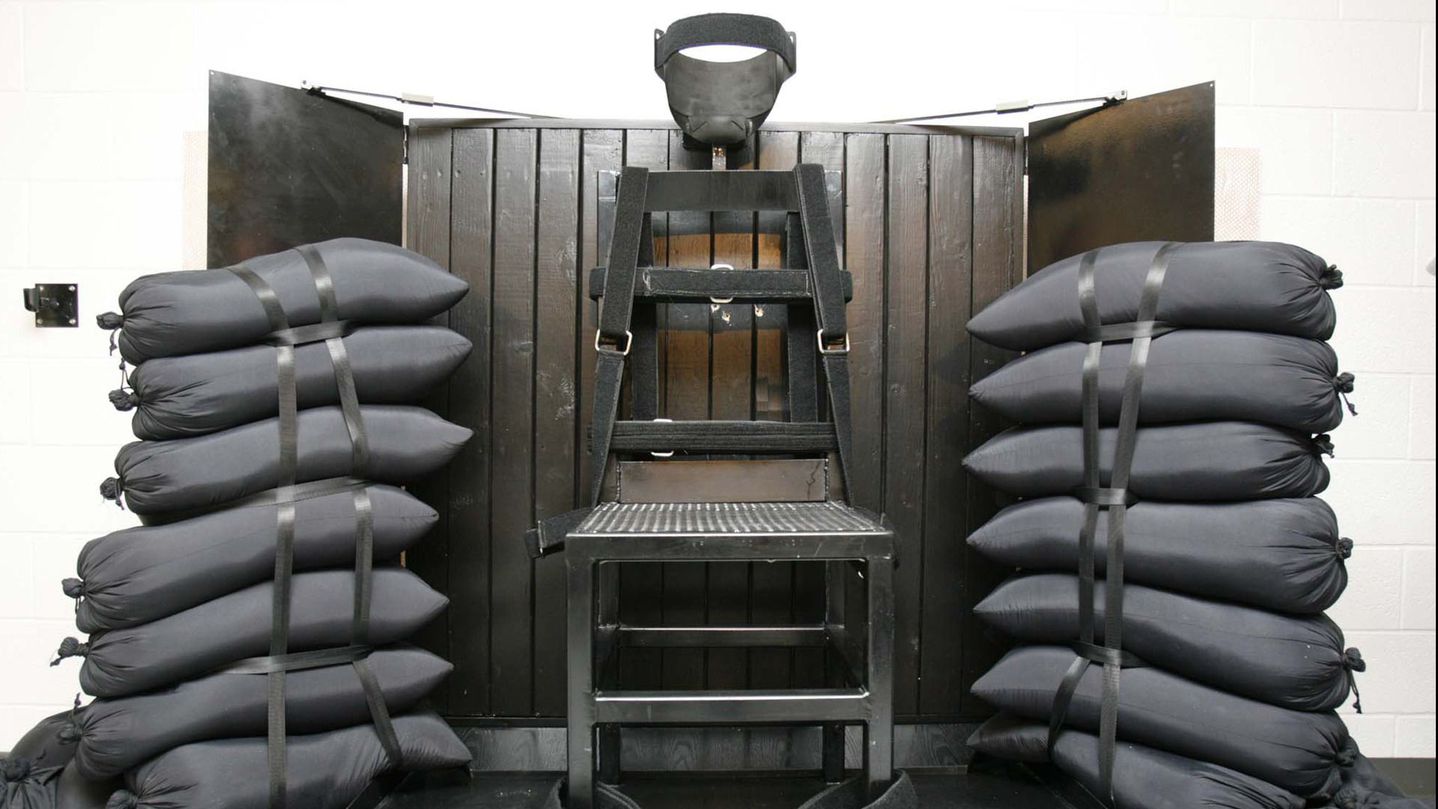In Boston, Terror Will Never Destroy a Runner’s High

Runner’s shoes are laid out in a display titled, ‘Dear Boston: Messages from the Marathon Memorial’ in the Boston Public Library to commemorate the 2013 Boston Marathon bombings, on April 14, 2014 in Boston, Massachusetts. Image: Andrew Burton/Getty Images When I ran my first Boston Marathon in 2009, I was stunned by the aura. Most marathon crowds pack a part of the course and disappear for the out-of-the-way stretches, but the Boston crowd was at least three-deep nearly the entire time. Everyone picked out something about the runners’ outfits — your singlet, the color of your shorts — and shouted words of encouragement. Drunk college kids from every school in the city lined the course and hollered as only drunk college kids can. It’s hard to forget that kind of uproarious positivity. That’s why the Boston Marathon is so special. An optimism normally derided as hokey or fake is open and encouraged there. For many, that marathon is the culmination of an achievement that took years to build to, which contributed to why last year’s bombing at the finish line that injured at least 260 and killed three was so vile. Lives were ended and shattered, and it felt like the two suspected bombers had totally marred the positivity on which the Boston Marathon thrives. During that 2009 race, it was amazing that there could be such a raucous party for a running event, and it wasn’t until years later that I realized the crowd knew something I didn’t: Completing a marathon is worth celebrating. People start running for all sorts of reasons. Sometimes, each step provides a modicum of control in an otherwise hectic life. Other times, it’s the easiest way a person knows to lose weight. Maybe it’s just simply that for as long as someone is running, he’s removed from his phone and email. But every catalyst is for the good of that individual. Not everyone who runs likes doing so, but there’s always some sort of satisfaction there. That kind of inherent positivity has a way of building on itself. If a person feels good after one run, there’s a good chance he’ll lace up again and again until he’s running road races filled with people who are there for the same reason: because running provides some sort of solace, because it gives them goals and a means to accomplish them. Participants in a cross-country charity relay that began in March in California cross the finish line of the Boston Marathon in Boston, Sunday, April 13, 2014. Image: Michael Dwyer/AP Images/Associated Press That understanding is like an energy at the Boston Marathon that washes from shouting spectators onto runners and flows among competitors. It’s almost like a party rather than a race. Getting to Boston was the hard part and, for many, that marathon is like a long victory lap. The Boston Marathon is the culmination of thousands of runners’ personal goals. Watching tens of thousands of dreams come true within the span of a few hours is nothing […]
